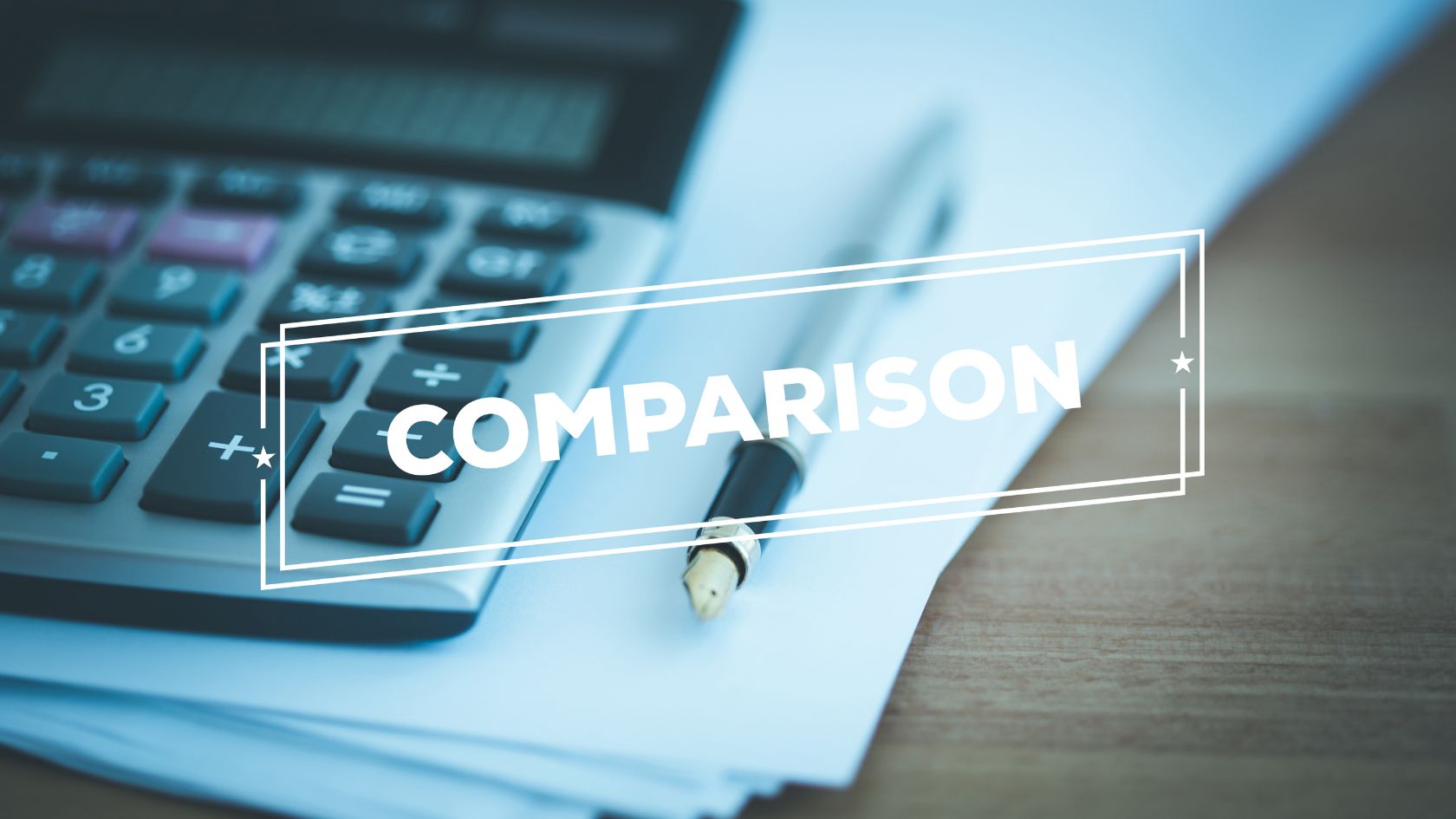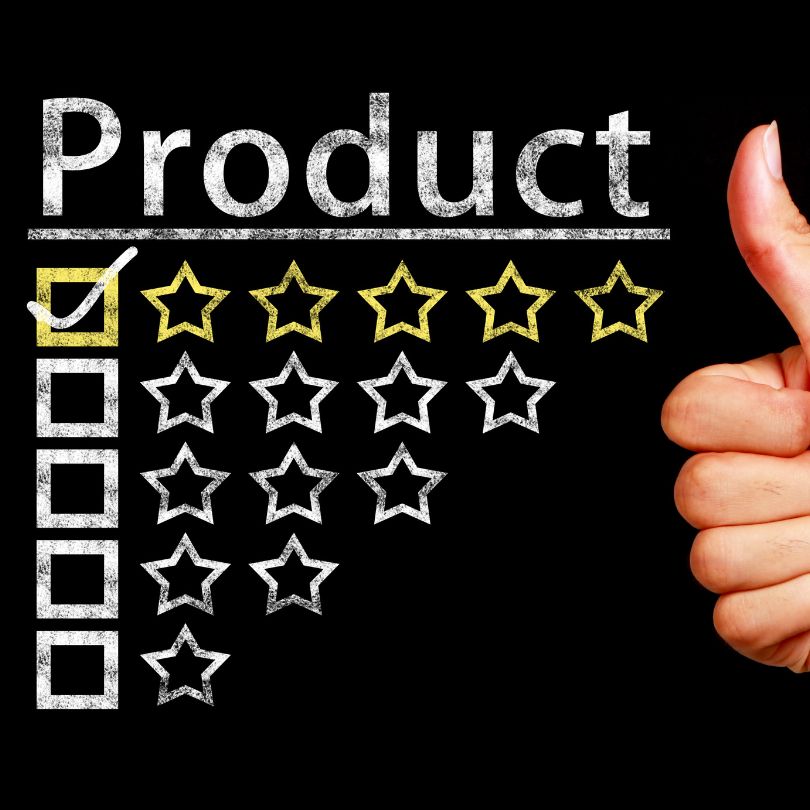
How to Create Product Comparison Tables That Drive Purchasing Decisions

Product comparison tables are essential tools that help customers make informed purchasing decisions by clearly displaying features, benefits, and differences between similar items. Creating effective comparison tables requires strategic planning, thoughtful design, and customer-focused content to guide users toward the right product for their needs. This comprehensive guide will walk you through the process of building comparison tables that not only inform but also convert browsers into buyers.
Why Product Comparison Tables Are Crucial for Conversion
When shoppers are evaluating multiple products, they need a clear, organized way to compare options. Well-designed product comparison tables can increase conversion rates by up to 30% by reducing decision fatigue and helping customers quickly identify which option best meets their needs. These tables serve as visual decision-making tools that simplify complex information and highlight key differentiators that might otherwise be overlooked in lengthy product descriptions.
Research shows that 86% of consumers conduct product research before making a purchase, and comparison tables provide the side-by-side analysis they’re looking for. By presenting information in a structured format, you’re not only saving customers time but also building trust through transparency about your products’ strengths and limitations. This honest approach can significantly improve customer satisfaction and reduce return rates.
Essential Elements of High-Converting Comparison Tables
1. Strategic Product Selection
The first step in creating effective comparison tables is selecting the right products to compare:
- Complementary products: Items that serve similar purposes but have different features or price points
- Good-better-best options: Products within the same line at different quality/price tiers
- Competitor comparisons: Your products alongside competitors’ (ensure accuracy and fairness)
- Cross-category alternatives: Different product types that solve the same problem
Pro Tip: Limit your comparison table to 3-5 products to prevent overwhelming customers. If you have more products to compare, consider creating multiple tables grouped by category, price range, or use case.
2. Customer-Focused Feature Selection
Not all product features deserve equal space in your comparison table. Prioritize based on:
- Customer pain points: Features that directly address common customer challenges
- Differentiating factors: Specifications that vary significantly between products
- Decision drivers: Features that typically influence purchasing decisions in your category
- Search intent: Specifications customers frequently search for or ask about
Avoid the temptation to include every possible specification. Focus on the 8-12 most important features that will help customers make decisions. For technical products, consider having an expandable section for additional specifications for those who want more details.
3. Clear Visual Hierarchy
The visual design of your comparison table significantly impacts its effectiveness:
- Prominent headers: Clear product names and images at the top
- Scannable rows: Alternating row colors for easier horizontal scanning
- Feature grouping: Organize related features into logical sections
- Highlight differences: Use visual cues (colors, icons, bold text) to emphasize key differentiators
- Mobile responsiveness: Ensure tables display properly on all devices
Example: Visual Hierarchy in Action
| Feature | Basic Plan | Pro Plan | Enterprise Plan |
|---|---|---|---|
| Price | $19/month | $49/month | $99/month |
| Storage | 10GB | 50GB | Unlimited |
| Users | 1 | 5 | Unlimited |
| Support | Email only | Email & Chat | 24/7 Priority |
| Analytics | ✕ | ✓ | ✓ |
Step-by-Step Guide to Creating Effective Comparison Tables
Step 1: Research Your Audience’s Priorities
Before building your table, gather insights about what matters most to your customers:
- Analyze customer questions: Review support tickets, chat logs, and FAQs
- Study reviews: Identify features frequently mentioned in positive and negative reviews
- Survey existing customers: Ask what factors influenced their purchase decision
- Research search terms: Identify specifications customers frequently search for
- Monitor competitor comparisons: See what features competitors highlight
Step 2: Create a Feature Matrix
Develop a comprehensive list of all potential features, then prioritize based on your research:
- List all features across the products you’re comparing
- Rate each feature’s importance to the customer (high, medium, low)
- Identify features with significant differences between products
- Select the top 8-12 features to include in your main table
- Group related features into logical categories
Step 3: Design Your Table Structure
Create a user-friendly layout that guides the eye and facilitates easy comparison:
- Choose orientation: Vertical (products as columns) or horizontal (products as rows)
- Create clear headers: Include product images, names, and possibly pricing
- Organize features: Start with most important features at the top
- Plan visual elements: Decide on colors, icons, and highlighting strategies
- Include call-to-action: Add buttons or links for each product
<table class=”comparison-table”> <tr> <th>Feature</th> <th>Product A</th> <th>Product B</th> <th>Product C</th> </tr> <tr> <td><strong>Key Feature 1</strong></td> <td>Value</td> <td class=”best-choice”>Best Value</td> <td>Value</td> </tr> <!– Additional rows –> <tr> <td></td> <td><a href=”#” class=”cta-button”>Buy Now</a></td> <td><a href=”#” class=”cta-button”>Buy Now</a></td> <td><a href=”#” class=”cta-button”>Buy Now</a></td> </tr> </table>
Step 4: Write Clear, Benefit-Focused Content
The language you use in your comparison table can significantly impact its effectiveness:
- Be concise: Use short phrases rather than full sentences
- Highlight benefits: Explain why features matter, not just what they are
- Use consistent terminology: Maintain the same language across all products
- Avoid jargon: Use customer-friendly language unless targeting technical users
- Be honest: Accurately represent all products, even when highlighting differences
Step 5: Optimize for Mobile and Accessibility
Ensure your comparison table works well for all users:
- Responsive design: Test how your table displays on various screen sizes
- Scrollable containers: Allow horizontal scrolling on mobile if needed
- Collapsible sections: Consider accordion-style features on mobile
- Alternative views: Offer card-based comparisons as an alternative on small screens
- Accessibility: Use proper HTML table markup with appropriate headers and scope attributes
Pro Tip: For complex tables, consider creating a simplified mobile version that shows fewer features initially, with an option to expand for more details.
Advanced Strategies for Comparison Table Optimization
Interactive Elements to Enhance User Experience
Take your comparison tables to the next level with interactive features:
- Filtering options: Allow users to filter by specific features or requirements
- Sorting functionality: Enable sorting by price, rating, or other metrics
- Highlight differences: Add a “show only differences” toggle
- Product elimination: Allow users to remove products they’re not interested in
- Custom comparison: Let users select which products to include
- Feature importance: Allow users to weight features based on their priorities
Psychological Triggers to Incorporate
Leverage these psychological principles to make your comparison tables more persuasive:
- Anchoring: Position premium products first to make others seem more affordable
- Decoy effect: Include options that make your preferred choice look better
- Loss aversion: Highlight what customers miss by choosing lower-tier options
- Social proof: Include ratings, reviews, or popularity indicators
- Scarcity: Note limited availability or time-sensitive offers
- Authority: Include expert recommendations or awards
Testing and Optimization Framework
Continuously improve your comparison tables with these testing strategies:
- A/B test layouts: Compare different table designs and structures
- Test feature selection: Experiment with different features to highlight
- Optimize CTAs: Test different button placements, colors, and text
- Track user interaction: Use heat maps to see where users focus
- Monitor conversion paths: Analyze which table configurations lead to more sales
Common Comparison Table Mistakes to Avoid
Pitfalls That Reduce Effectiveness
- Information overload: Including too many products or features
- Biased comparisons: Obviously favoring your products in unfair ways
- Outdated information: Not keeping specifications current
- Poor mobile experience: Tables that break or become unusable on small screens
- Vague terminology: Using unclear or inconsistent feature descriptions
- Missing context: Not explaining why features matter to the customer
- Weak visual hierarchy: Making it difficult to scan and compare
Industry-Specific Comparison Table Strategies
E-commerce Product Comparisons
For physical products, focus on:
- Visual elements: High-quality product images from multiple angles
- Specifications: Dimensions, materials, compatibility
- User experience: Ease of use, setup time, maintenance requirements
- Social proof: User ratings, review counts, bestseller status
- Availability: Shipping times, in-stock status
SaaS and Subscription Comparisons
For software and subscription services, emphasize:
- Pricing tiers: Monthly/annual costs, user limits
- Feature access: What’s included/excluded at each level
- Scalability: Growth options, enterprise features
- Support options: Available channels, response times
- Integration capabilities: Compatibility with other tools
- Free trial options: Trial length, credit card requirements
Service-Based Comparisons
For service offerings, highlight:
- Service levels: What’s included in each package
- Timeframes: Delivery times, appointment availability
- Expertise: Provider qualifications, specializations
- Process: What customers can expect at each stage
- Guarantees: Satisfaction promises, warranties
Tools and Resources for Creating Comparison Tables
Website Platforms and Plugins
Depending on your website platform, consider these options:
- WordPress plugins: TablePress, WP Table Builder, Easy Pricing Tables
- Shopify apps: Product Compare, Ultimate Product Comparison
- General tools: Elementor, Divi Builder, WIX Table apps
Design and Development Resources
For custom table development:
- CSS frameworks: Bootstrap Tables, Tailwind CSS
- JavaScript libraries: DataTables, TableSorter
- Design templates: Envato Market, Creative Market
- Icon sets: Font Awesome, Material Icons
Conclusion
Creating effective product comparison tables is both an art and a science. By focusing on customer needs, highlighting key differentiators, and presenting information in a clear, visually appealing format, you can significantly improve the shopping experience and increase conversion rates. Remember that the best comparison tables don’t just present data—they guide customers toward making confident purchasing decisions.
As you implement comparison tables on your website, continuously test and refine your approach based on customer feedback and performance data. Pay attention to how users interact with your tables and which configurations drive the most conversions. With the right strategy, product comparison tables can become one of your most powerful conversion tools, helping customers find exactly what they need while boosting your bottom line.